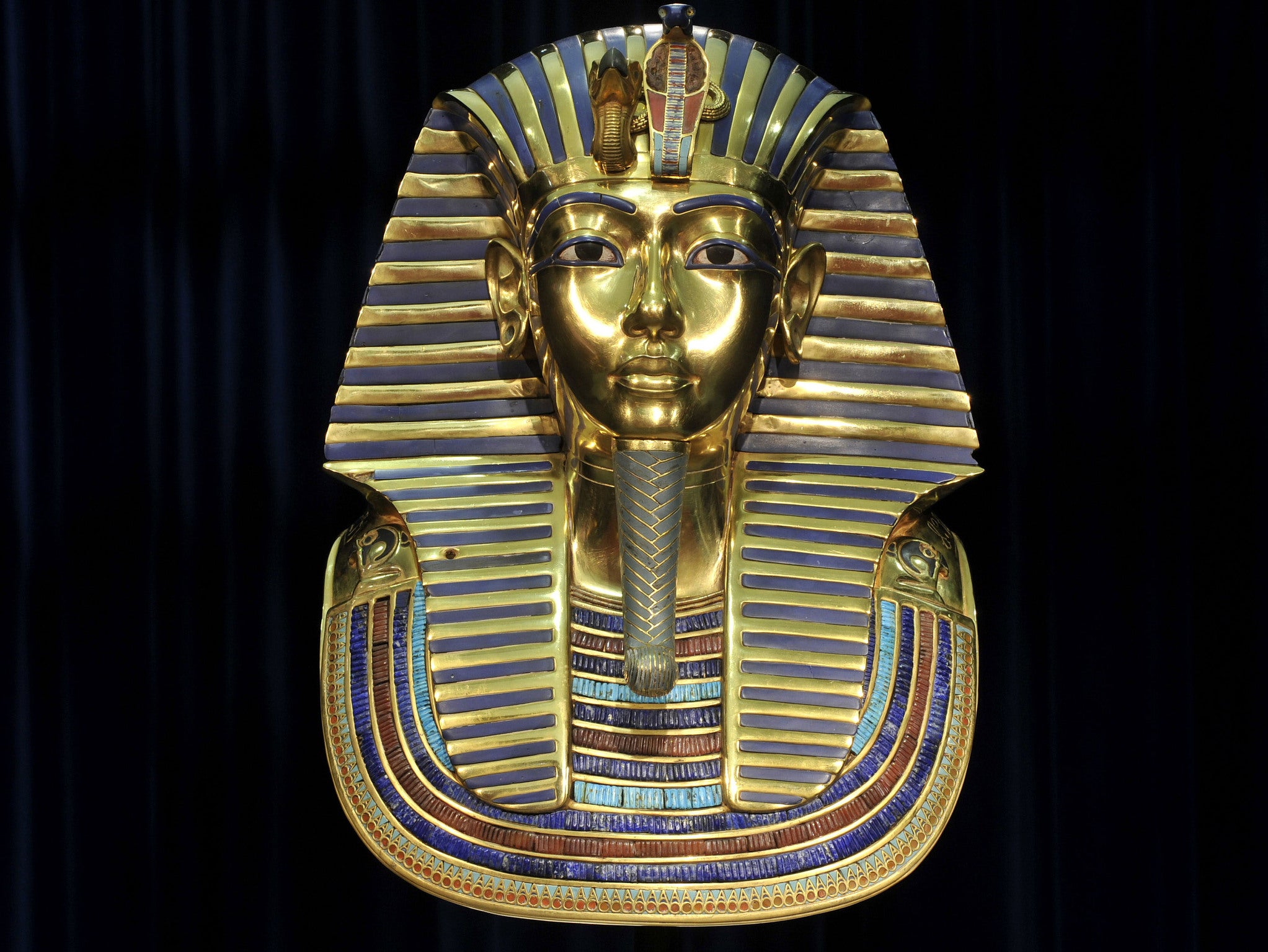King Tutankhamun: new evidence suggests ancient Egyptian gold mask was made for heretic queen Nefertiti
'Blinded by the piece’s sheer beauty… the world has looked and yet has completely failed to see'

Your support helps us to tell the story
From reproductive rights to climate change to Big Tech, The Independent is on the ground when the story is developing. Whether it's investigating the financials of Elon Musk's pro-Trump PAC or producing our latest documentary, 'The A Word', which shines a light on the American women fighting for reproductive rights, we know how important it is to parse out the facts from the messaging.
At such a critical moment in US history, we need reporters on the ground. Your donation allows us to keep sending journalists to speak to both sides of the story.
The Independent is trusted by Americans across the entire political spectrum. And unlike many other quality news outlets, we choose not to lock Americans out of our reporting and analysis with paywalls. We believe quality journalism should be available to everyone, paid for by those who can afford it.
Your support makes all the difference.A British Egyptologist has found new evidence suggesting the death mask of ancient Egyptian king Tutankhamun was not made for him – in fact, it was made for his stepmother, Queen Nefertiti.
Egyptologist Nicholas Reeves told Egyptian news service Ahram Online the famous gold death mask of Tutankhamun was in fact never intended for him.
Dr Reeves points to a cartouche (royal name stamp) that appears to have been retouched as evidence. The stamp conceals traces of another name: Ankhkheprure Nefernefruaten, which can be translated to Queen Nefertiti.
“Blinded by the piece’s sheer beauty and enormous bullion worth… the world has looked and yet has completely failed to see – that the gold mask had never been intended for Tutankhamun at all,” said Dr Reeves, who was a curator in the former Department of Egyptian Antiquities in the British Museum.
Other features that back his conclusion the death mask was intended for a woman include the presence of pierced ears. In almost all other ancient Egyptian depictions, pierced ears were a feature only reserved for queens and children.
The discovery was made possible by an accident involving the mask’s beard being broken off and hastily glued back on by an employee of the Egyptian Museum in January.
The botched repair job led to the mask being taken off display for restoration, and for the first time, it was examined meticulously and photographed.
“A fresh examination of the mask in Cairo at the end of September 2015 yielded for the first time, beneath the hieroglyphs of Tutankhamun’s praenomen (personal name), lightly chased traces of an earlier, erased royal name,” said Dr Reeves.
This is the second time this year Dr Reeves has shaken up the archaeological community. In October, he studied ultra high-resolution images and believed he found clues in the walls of Tutankhamun's burial chamber of having been painted over with scenes depicting the young Pharaoh’s life, as well as hidden doors that may lead to the discovery of Nefertiti's final resting place.
Egypt's antiquities authorities received the news with enthusiasm, and have approved the use of ground-penetrating radar to probe the tomb after a preliminary infra-red scan of the walls last month appeared to back Dr Reeves' claim up.
He writes that the implications of this are “extraordinary” because it may point towards the existence of an entirely new room within the burial chamber – “that of Nefertiti herself, celebrated consort, coregent, and eventual successor of pharaoh Akhenaten”.
Tutankhamun was made a pharaoh when he was nine years old and died at 18. His step-mother, Nefertiti, was the wife of Egypt's most controversial pharaoh, Akhenaten. Nefertiti is widely regarded as the most beautiful woman of ancient Egypt, but the cause of her death and final resting place remains a mystery, until now.
A draft of Dr Reeve's study can be found and downloaded on Academia.edu.
Join our commenting forum
Join thought-provoking conversations, follow other Independent readers and see their replies
Comments